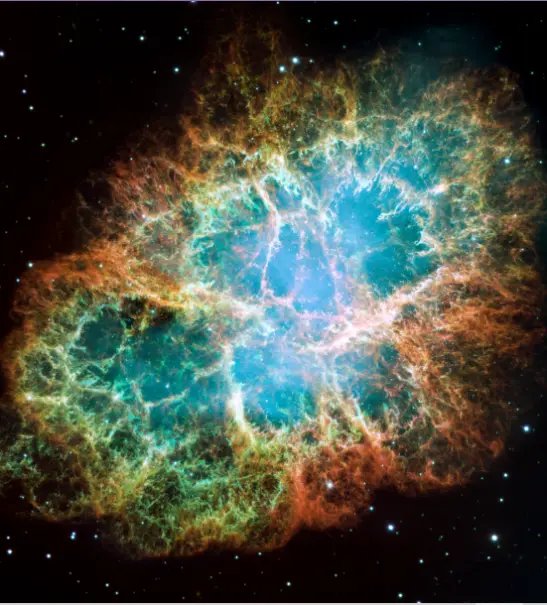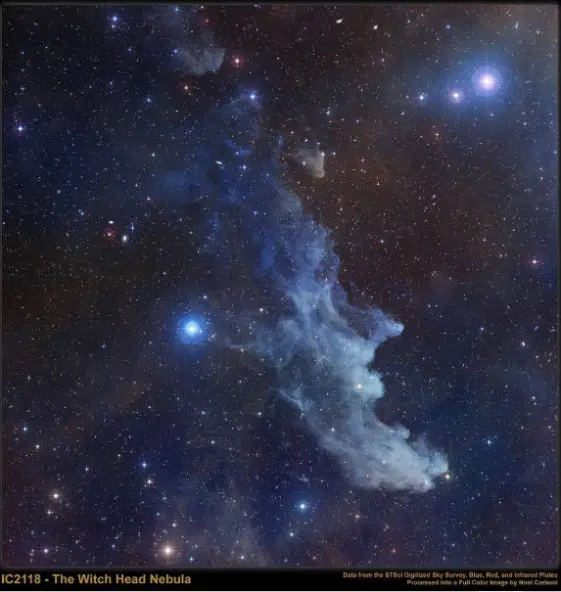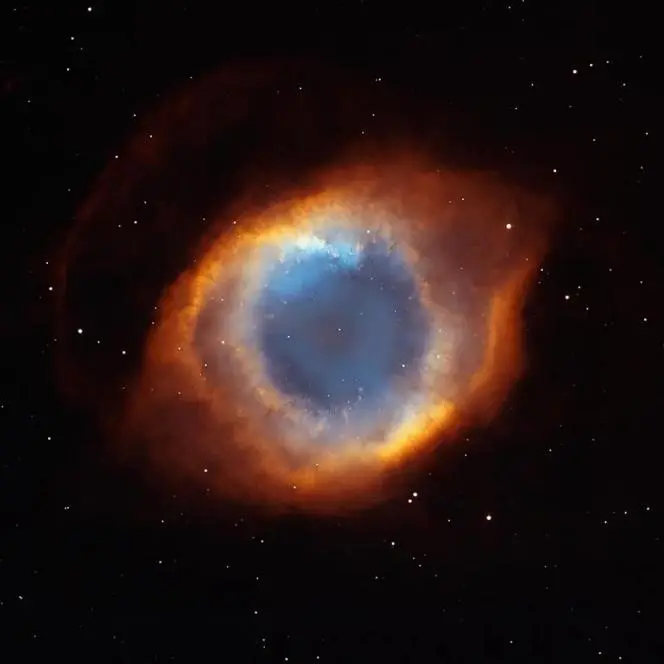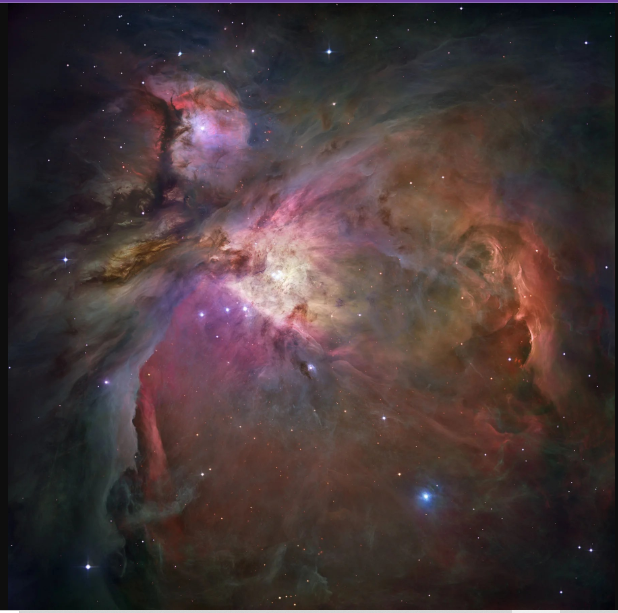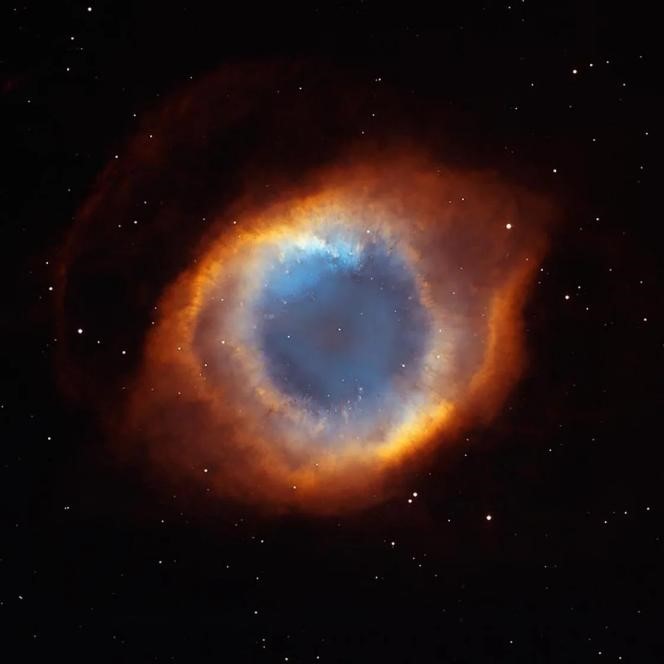Your Journey Starts Here,
Explore the cosmos: Discover the stunning varieties of Nebulae
TYPES OF NEBULAE
Discover the Diverse Wonders of Astronomy!
REFLECTION NEBULAE
Reflection nebulae reflect the light from nearby stars. The stars that illuminate them aren’t powerful enough to ionize the nebula’s gas, as with emission nebulae, but their light scatters through the gas and dust causing it to glow – like a flashlight beam shining on mist in the dark. (Reflection Nebula - NASA, n.d.)

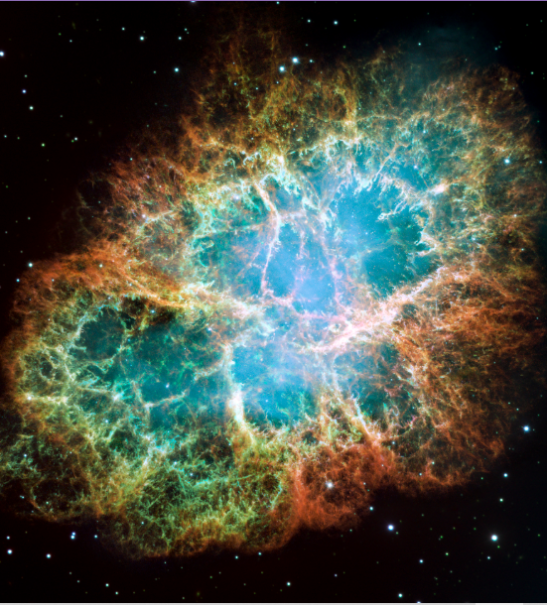
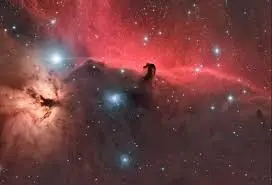
ABSORPTION NEBULAE
Absorption nebulae or dark nebulae are clouds of gas and dust that don’t emit or reflect light, but block light coming from behind them. These nebulae tend to contain large amounts of dust, which allows them to absorb visible light from stars or nebulae beyond them. Astronomer William Herschel, discussing these seemingly empty spots in the late 1700s, called them “a hole in the sky.” (Whitt & Whitt, 2024)
Top questions answered
In this section, you can address common questions efficiently.
A nebula is a vast cloud of gas and dust in space, often serving as a nursery for new stars or the remnants of dead ones.
Nebulae provide the necessary material, such as hydrogen, to form new stars. When parts of a nebula collapse under gravity, they can ignite nuclear fusion and form new stars.
Some nebulae, like the Orion Nebula, can be seen with the naked eye with the help of a dark sky. However, most require a telescope for detailed observation.
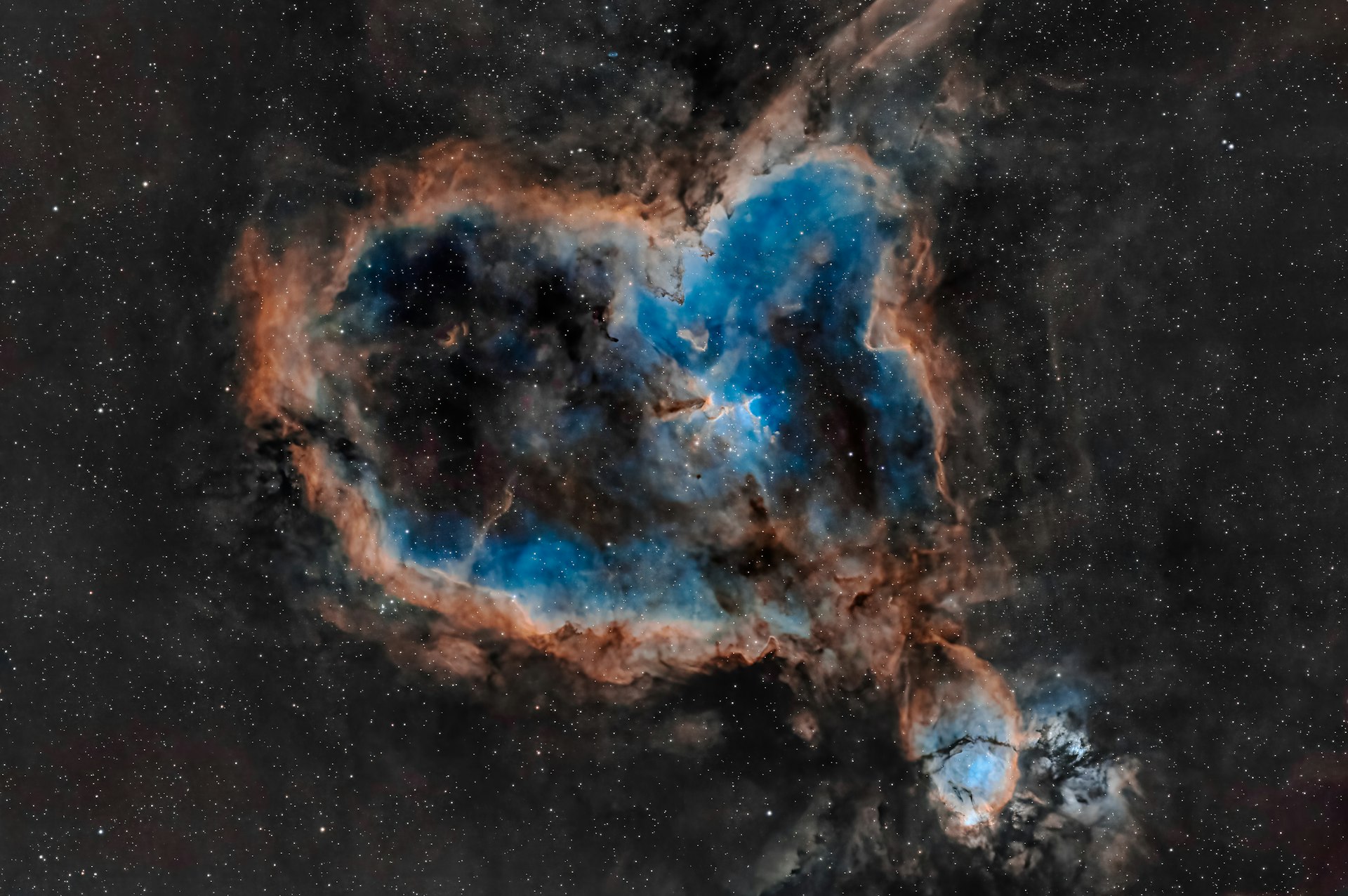

As we reflect on the information presented about the various types of nebulae, it is worth considering whether the provided details are truly beneficial for our understanding. Are there additional perspectives or methods that could further enhance this information? Engaging with different approaches or incorporating feedback could lead to a more comprehensive exploration of the topic. We welcome your thoughts and suggestions on how to improve this learning experience. Your insights are valuable as we seek to deepen our collective understanding of nebulae and their significance in the cosmos.
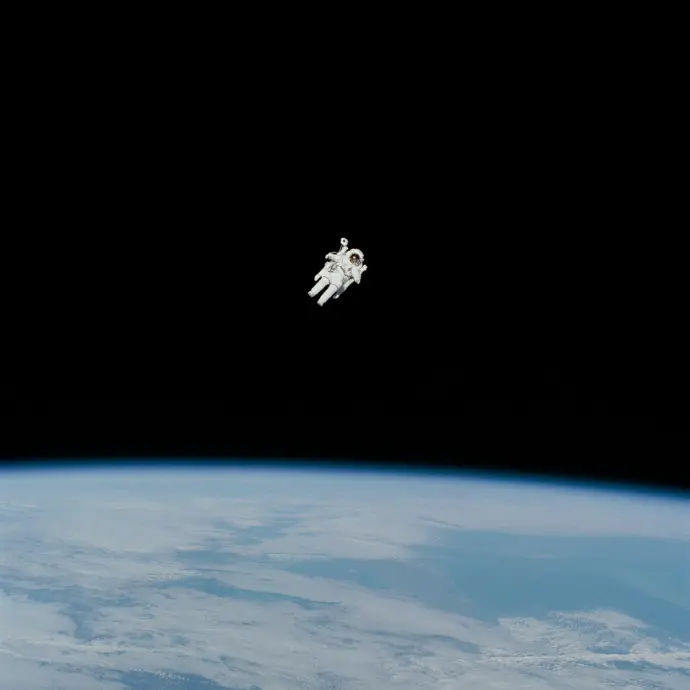
Office
300 E St SW, Washington, DC 20546, USA
Phone
AstroMinds@gmail.com
Contact Us
We'd love to hear from you! If you have any questions, feedback, or need assistance, please feel free to reach out to us using the contact details provided. Our team is here to help and will respond as soon as possible. Thank you for getting in touch!
